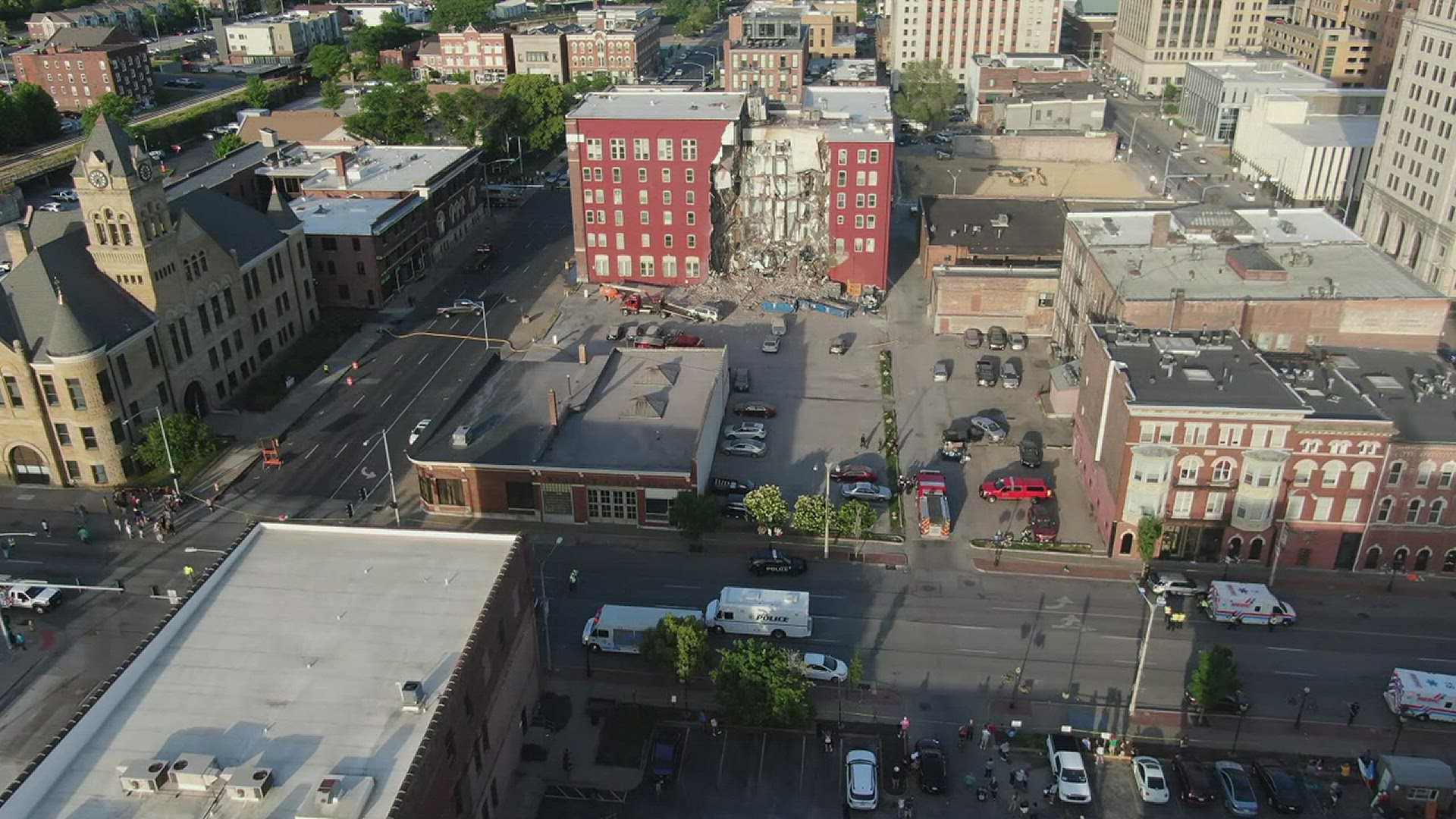(Illinois News Network) — Amtrak riders are still waiting for higher train speeds along the Chicago-to-St. Louis route.
Officials promised travel at up to 110 mph along the line as part of a nearly $2-billion dollar project largely funded by federal economic stimulus dollars awarded under then-President Barack Obama.
Recent projections had trains reaching 90 mph on a portion of the trip in 2018, but the timetable now has been pushed into this year. Installing and testing new federally-mandated safety technology is the main reason for the delay, said Guy Tridgell, a spokesman for the Illinois Department of Transportation.
“What happened during the course of the project was a federal mandate out of Washington that requires positive train control to be installed on lines that haul passenger trains,” he said. “What that does is allow a train to be controlled from a remote location if an engineer becomes incapacitated.”
IDOT is dependent upon Union Pacific, Amtrak, and the Federal Railroad Administration to complete work on that project. In the meantime, Tridgell said trains should be traveling at 90 miles-per-hour on portions of the track later this year. Reaching even higher speeds will take more time.
“It’s coming,” Tridgell said. “We’re confident [110 miles-per-hour] will be reached. Just when exactly, we’re not sure at this point, but hopefully soon.”
State Rep. Tim Butler, R-Springfield, isn’t pleased with the new timetable.
“I’m going to continue to hold IDOT’s feet to the fire on this,” he said. “I’m not happy this has gotten pushed down the road. This is a massive federal investment that’s been made with state assistance. We have to make sure it’s as advertised.”
The total cost of the project was $1.95 billion, with the federal government paying a majority of the costs. However, Tridgell said the state was required to chip in about $300 million of the total. He does not expect any additional state money will be required.
“A lot of focus has been on speeds, of course, but there’s really been a whole host of improvements up and down the line,” Tridgell said. “Tracks and ties were replaced and new stations were built in Dwight, Pontiac, Alton, Lincoln and Carlinville. More than 200 crossings have been upgraded with the latest safety equipment, new locomotives started to be delivered in 2017 and we’ll see new cars in 2020.”
Tridgell said public surveys show riders would love faster speeds, but they’re even more interested in better, reliable service.
“Prior to this project starting, trains were on time on that route roughly half the time,” Tridgell said. “With the improvements being made, we will have guaranteed on-time performance of 85-percent. That’s substantial and if people can get on a train and know they can arrive at a certain time, that’s what we’ve been told is the most important factor.”
IDOT previously said speeds of up to 110 mph would take about an hour off the commute time between Chicago and St. Louis. Topping out at 90 mph would save about 15 minutes on the average trip.
“We need to make sure we’re working together and we need to solve this problem to make sure these trains are doing what they are supposed to be doing,” Butler said. “We’ve got new locomotives that were purchased earlier this year, which I think are very good, but we need to make sure the people get what they invested in Amtrak.”



